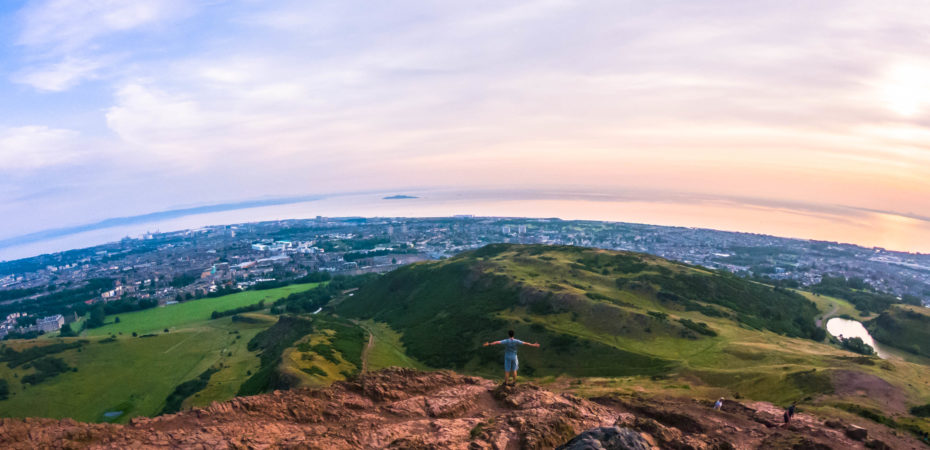Today’s post is from one of our Summer School community. Shishir Pant is a Doctoral Candidate in the Translational Cancer Medicine Programme , Doctoral Programme of Biomedicine at the University of Helsinki, Finland. His research focus is on overcoming drug resistance in breast cancer.
The first thing I noticed when I arrived at the summer school venue (Pollock Halls of Residence) was the majestic landscape of Arthur’s seat. The once active volcano appears as an extension of the royal garden in Holyrood Palace and is now a popular tourist attraction of Edinburgh. I started most of my days with a short run to Arthur’s seat. The splendid view from the top as the sun rose above the sea and filled the sky with a pinkish hue, justified every bit of struggle I had getting to the top. I couldn’t have asked for a better way to start the intensive days of summer school which were to follow.
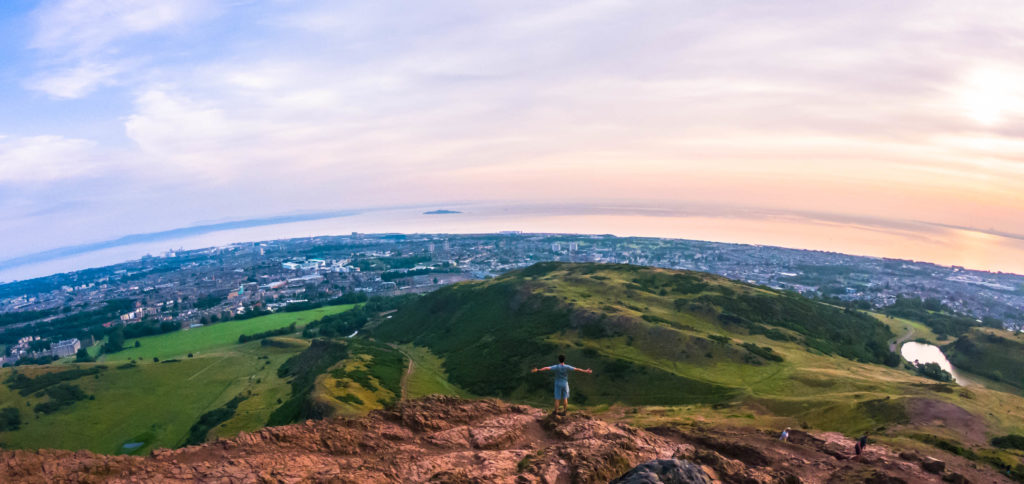
Picturesque view of Edinburgh from Arthur’s seat
The Process
The preparation for summer school had begun way before we arrived at the venue. While the organizers had worked on the layout of the guide, over 50 participants from 23 different universities had each interviewed an expert from their home university before the arrival. These interviews were one of the sources of information the guide is based on.
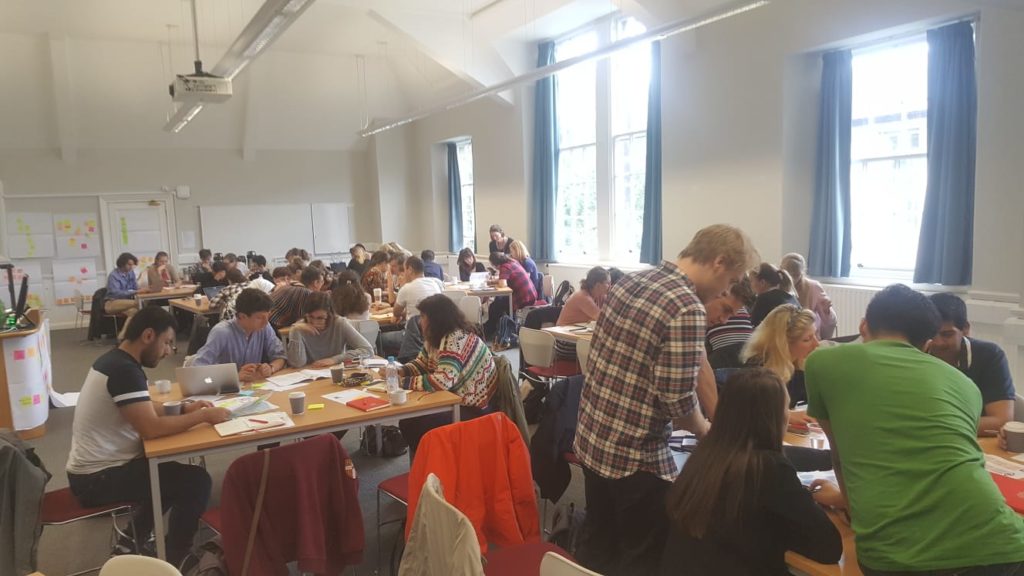
Workshops in full speed. Photo credit: Sara Assaad
The sessions at the summer school were mostly divided between lectures and workshops. During the workshops, we worked in various groups: some of them were assigned, some were random, and some were self-selected. We weren’t just working with the same people over the week but got to engage with various people in different groups and experience multiple group dynamics. We also realized how group dynamics change when the number of members either increased or decreased. Overall, these changes helped us to establish a common language, which is one of the requirements for successful collaboration.
The Content
The final guide is a product of interviews, lectures and personal experiences of the participants, including the organizers. The guide is a collection of top tips for early career researchers who are inexperienced in collaborating with other researchers. It is formatted in a very accessible way and is easy to read. It not only outlines the challenges of collaborations but also provides success factors and support services available. The guide further goes on to deal with various social and cultural aspects of collaborations and also provides key messages for partnerships beyond academia.
The Fun Part
Last but not least – the fun part. Although the program was very tightly scheduled to produce the guide, the organizers did exceptional work in leaving room for social events. Every morning we had to commute to different locations within the University of Edinburgh which did provide some early morning workout and was a very good way of seeing the city. By the end of the week, I knew most of the main attractions.
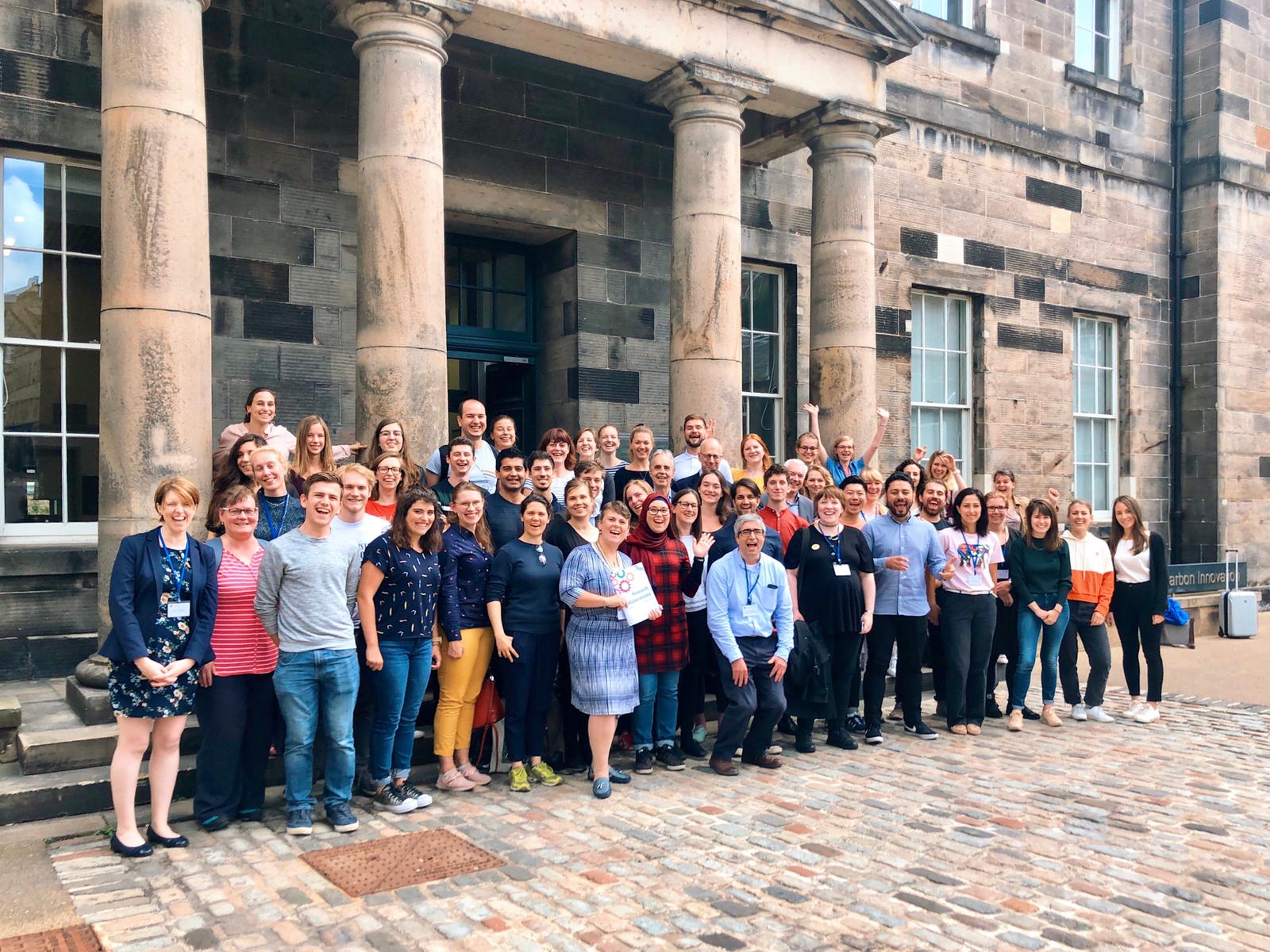
The Group. Photo credit: Brian Li Han Wong
There were fun events buried within the schedule: on Sunday evening we had a light networking reception which quickly followed up with a trip to a nearby pub. On Monday, we had the opportunity to go on a whiskey tour, where we learned how the world-famous Scotch whiskeys are made and also got to taste some.
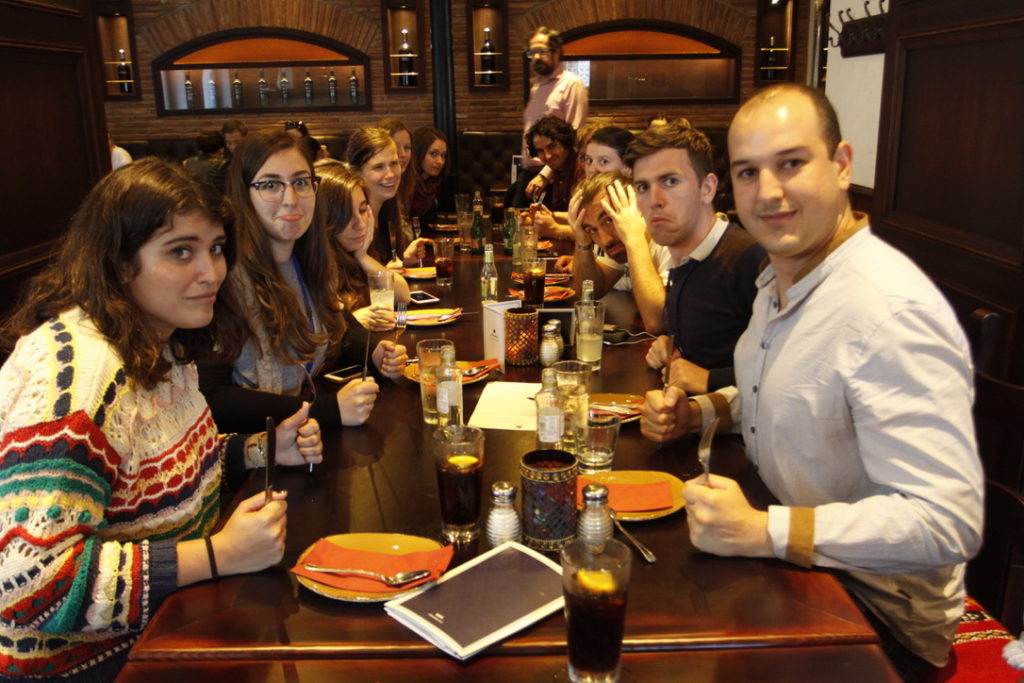
Group tapas dinner after whiskey tour. Photo Credit: Daria Vdovenko
The whiskey tour was followed by tapas dinner in the Old City which as usual led to the pub in the evening. Thursday evening was reserved for the group dinner followed by traditional Scottish Ceilidh (pronounced Kay-lee). It was indeed a night full of dance, music, and great food.
The Finale
Friday morning was the time to present our work to Professor Kurt Deketelaere (Secretary-General of the League of European Research Universities). Five of the students (Emily, Brian, Josephine, Ilona, and Diego) volunteered for the job and explained the process and outcome of this week long summer school. Some of the content in this blog are actually based on their speeches. With the concluding remarks from Professor Kurt Deketelaere and Professor Jonathan Seckl, highlighting the need of collaboration in modern-day research, the program formally came to an end by cutting the cake featuring the design of the collaboration guide.
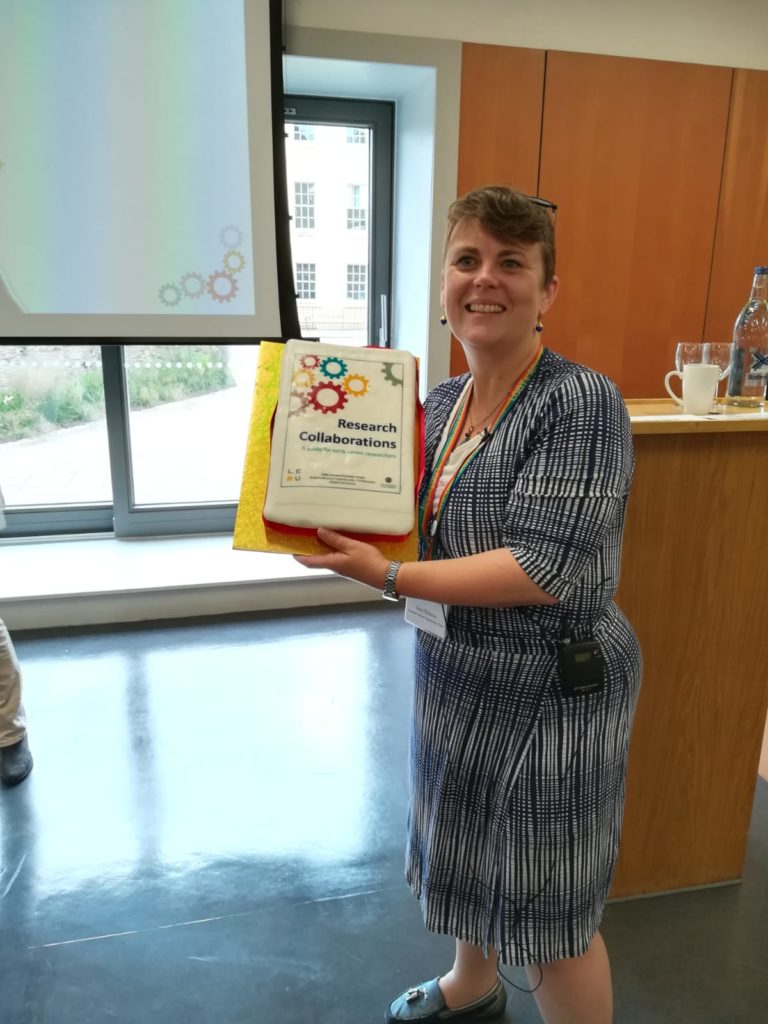
Sara Shinton with the cake. Photo Credit: Nathalie Dupin
To sum up, the LERU summer school was an enriching experience where besides creating the collaboration guide, we also lived the experience. We delved into the cultural differences among students across the globe and came up with do’s and don’ts for every culture. We broadened our network by getting to know the faculty at the University of Edinburgh as well as all the doctoral students of the summer school. We would not have been able to pull off this guide in 5 days without the exceptional planning and support from our organising committee. Although the guide is the current product of the summer school, we will have to wait for the real outcome, as this is just the beginning.
